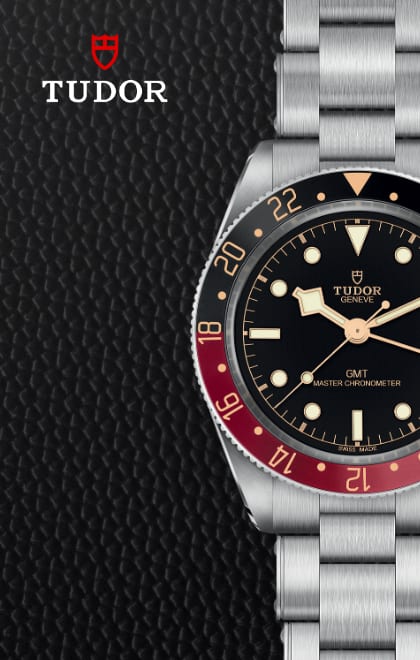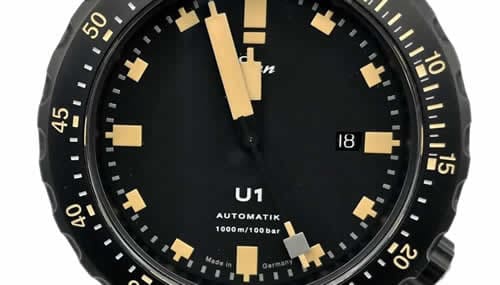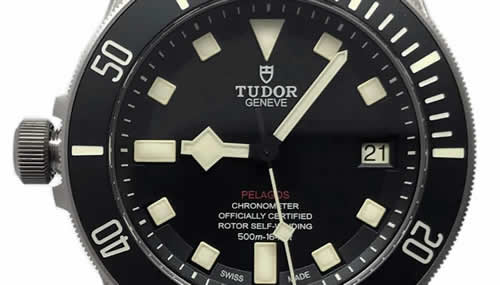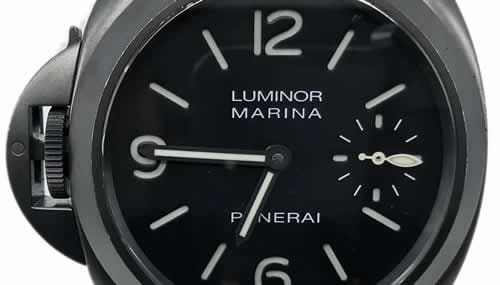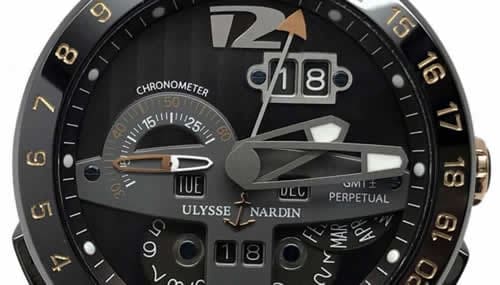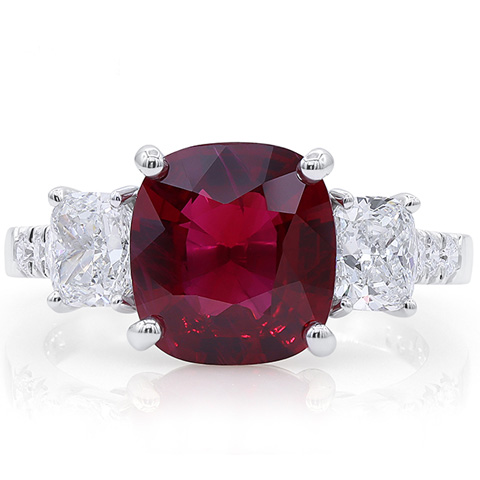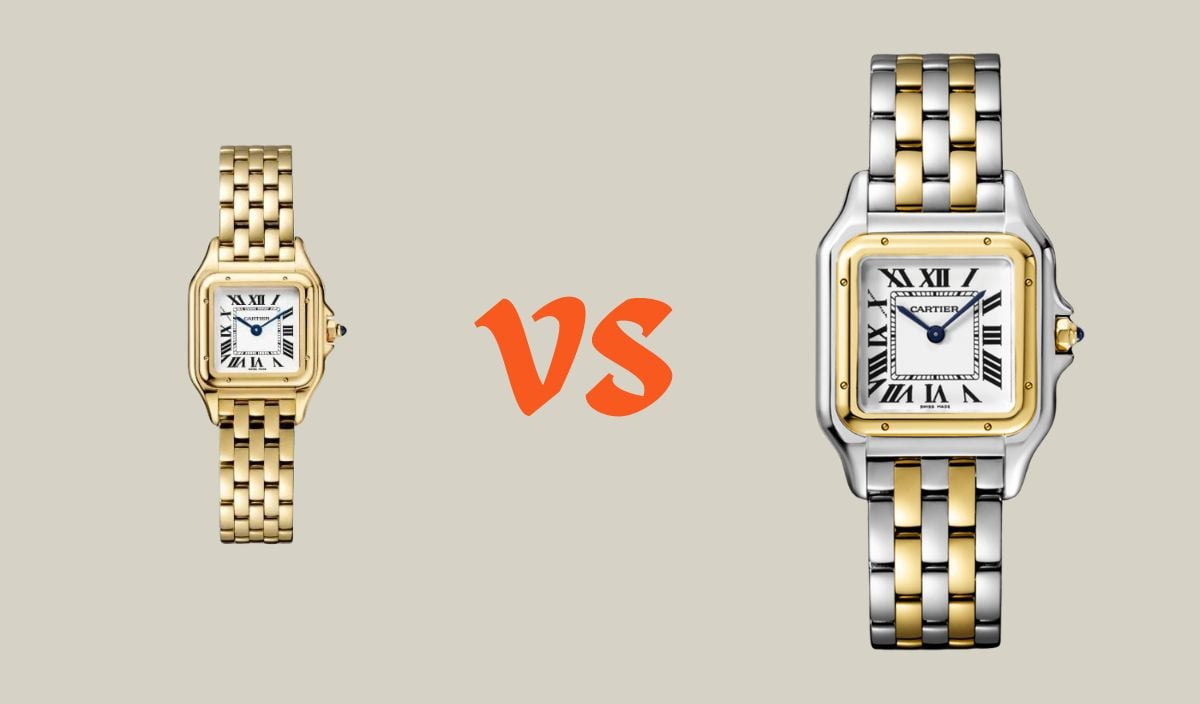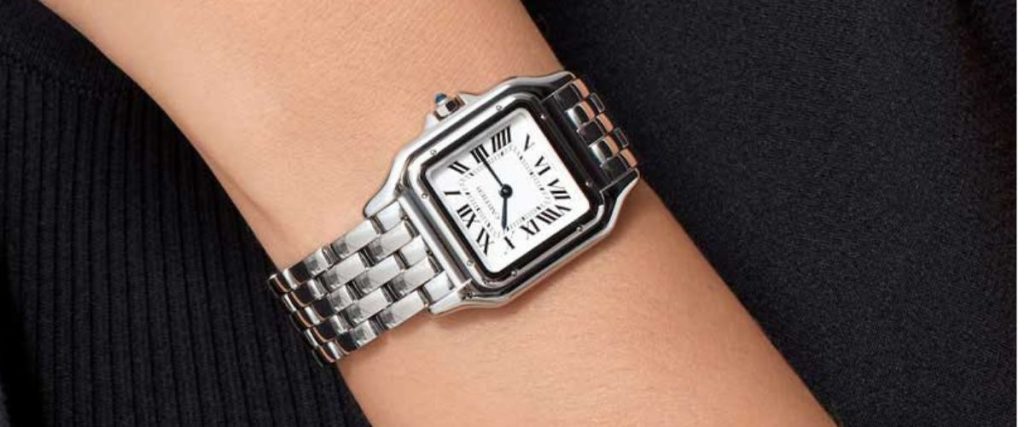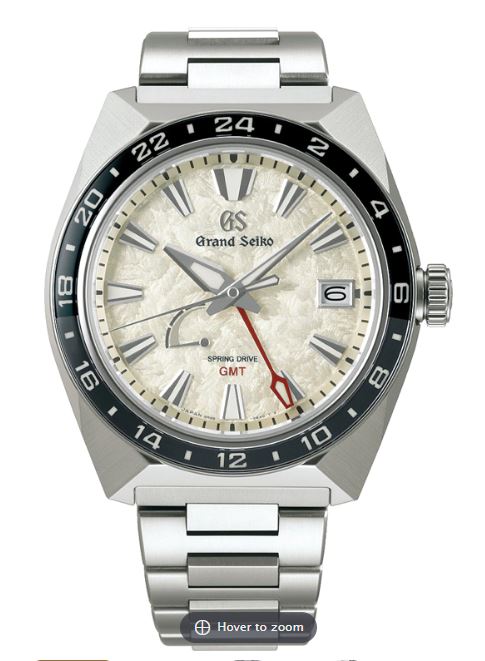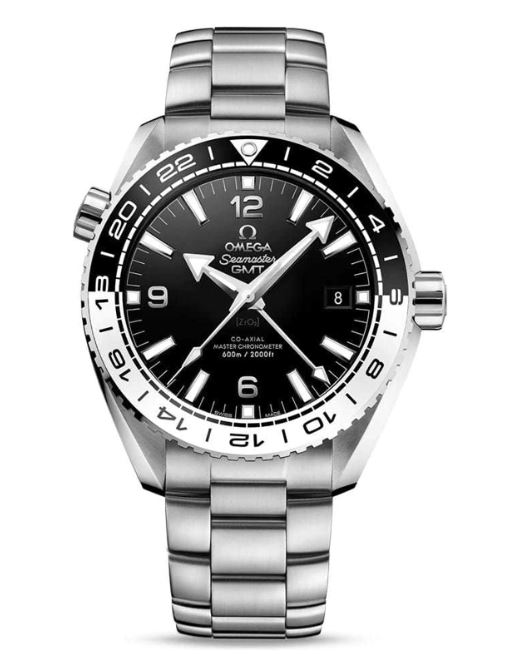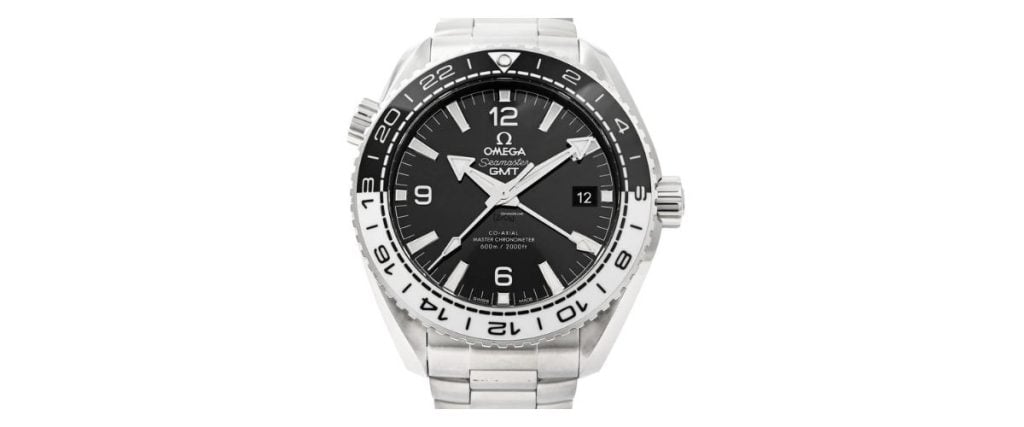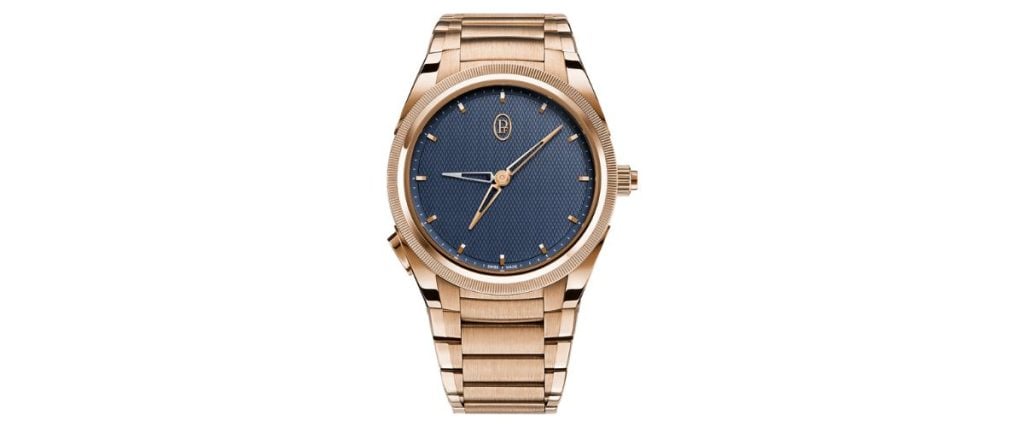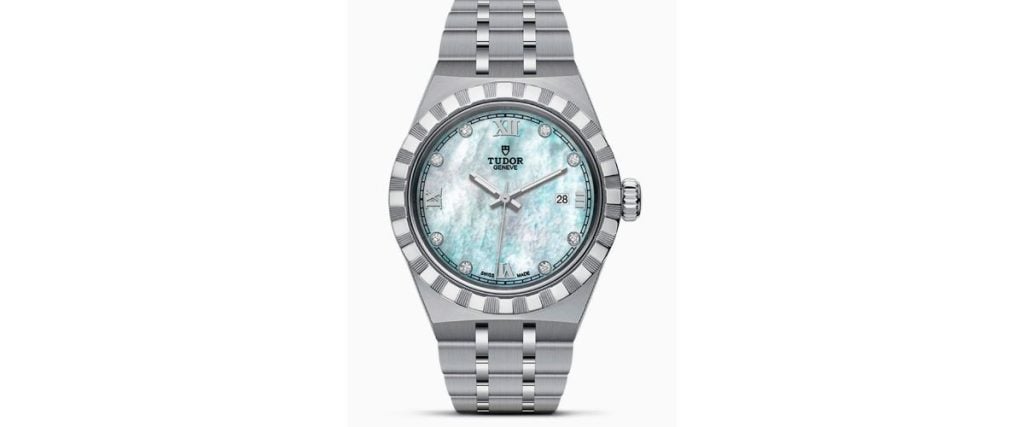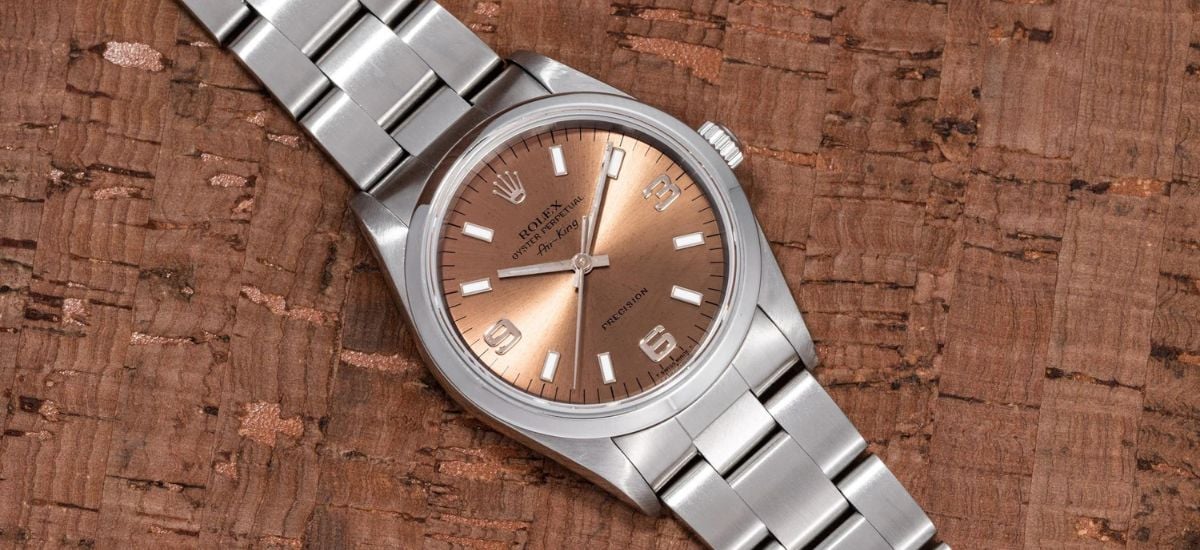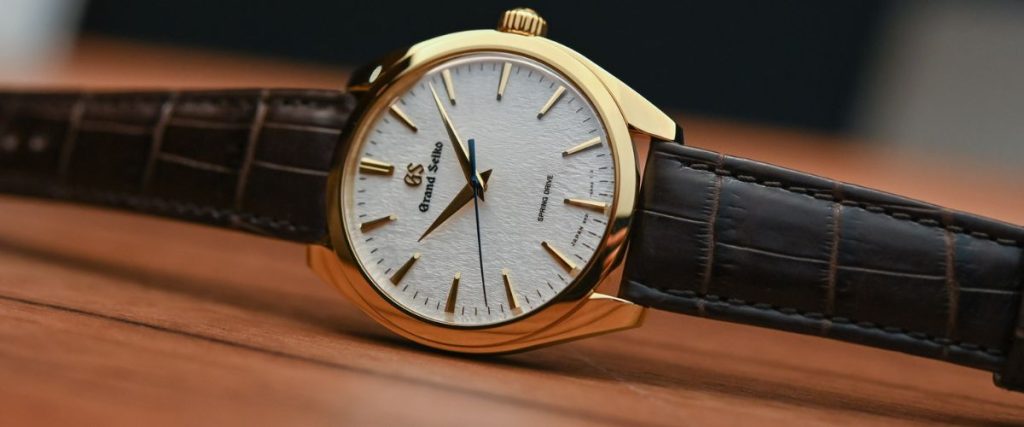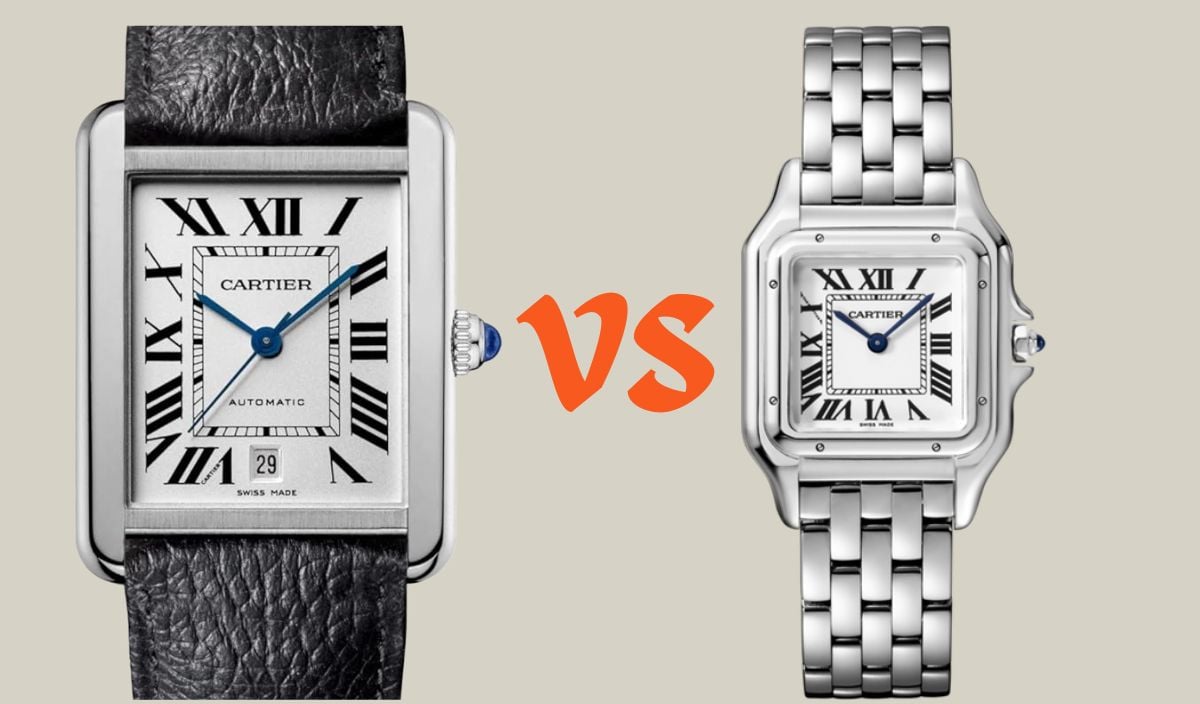
Both the Cartier Tank and the Panthere fully embody the timeless elegance and flawless craftsmanship that Cartier has emulated throughout their lifespan. Both watches are highly coveted and are widely considered two of the most renowned luxury pieces available on the market.
Their sleek, aesthetically focused designs leave little to be desired, but they differ in how they appeal to the market.
While both derive from the same watchmaking principles, there are unique features that set them apart from the other and will make one stand out depending on what the consumer desires. Today, we will explore how these two masterpieces differ and what makes them so coveted while giving you a clear picture so you can more accurately decide which one suits you best.
The Cartier Tank

The Cartier Tank can trace its roots back to 1919 when it first released its six tanks to the public. Throughout the 20s, Cartier released many different variations of the iconic design—the ultra-thin, the curved Cintree, the Chinoise, the Louis, and the Guichets.
Because of the renowned luxury of the brand, at the time, Cartier was leading the world when it came to jewelry and watches. It was quite popular among celebrities to wear the Tank, which naturally reinforced their reputation as one of the most coveted brands in the United States.
Over the years, many more Tank variations were released, including the Basculante in 1932, the Asymetrique in 1936, the Tank Americaine in 1989, the Tank Francaise in 1996, the Divan in 2002, and the Anglaise in 2012. As of right now, the Tank models include The Must, the Americaine, the Asymetrique, the Chinoise, the Cintree, the Francaise, the Louis, and the MC. Each variant takes a new shape, incorporating different designs or materials while staying true to the primary focus of the Tank aesthetic.
The Must
The Tank Must stays extremely faithful to the original Tank design. The stainless steel finishing and silver dial give it that sleek, subtle feel, and the blue, sword-shaped hour and minute hands sit alone in the center of the piece.
Like all Cartier pieces, the Roman numerals are big and bold, signifying their trademark design and breathing a distinguished level of quality into the dial that captures the feel of an authentic Cartier.
The Must’s crown has an embedded design with a sapphire cabochon, and you can either purchase a calfskin leather strap or a traditional stainless steel bracelet—both compliment the case magnificently. The Must comes in three sizes: Small (29.5mm), large (33.7mm), and extra large (41mm). The extra large Must’s feature an automatic movement, while the smaller models have quartz movement.
The Louis
The Tank Louis offers a little bit more variety within the range. Again, like the Must, there are three different sizes—Small, large, and extra large—but one of the major differences is that nearly every Louis has hand-wound movement, with the small exception of the entry-level small and large sizes, which have quartz movement.
The two quartz Louis models are the only ones that feature yellow gold on the cases. The rest of the collection uses rose gold or white gold as the primary case material.
As Cartier has a reputation for making fine leather goods, the alligator straps that the Louis can come in are of the highest quality, but you can also opt for rose gold or metal bracelets. Unlike the Must’s, none of the Louis models feature a secondhand or a date.
The Americaine
The Americaine updates the original Tank design, making the piece slimmer, thinner, and curvier. The Tank Americaine comes in pink gold and steel with the option of adding additional diamonds or a bracelet.
The Americaine comes in three different sizes: the large (44.4mm), the small (35mm), and the mini (28mm). Again, like the Louis and the Must, the smaller sizes come with quartz movement, while the large is automatic.
Changes to the case and sides make the model slimmer, which is Americaine’s primary selling point. This particular version of the tank is arguably the most luxurious. I tend to enjoy slimmer watches more, and when the cases are curvier, they give off a more elegant appearance.
The Asymetrique
The original Tank Asymetrique was introduced to revolutionize Cartier’s legibility for their watches. In order to maximize simplicity, the numerals reside horizontally across the dial to prevent wearers from straining their necks. The new Asymetriques come in platinum, pink gold, or yellow gold with the Cartier cabochon-set winding crown.
This is a very classical watch, succeeding in a way that you wouldn’t expect. It’s playful and unique, but it is also very detailed, and it seeks to perfect the odd nature Cartier is emulating in a way that is highly respectable. As for the measurements, the Asymetrique measures 47.15mm x 26.2mm and is 6.38mm thick.
The Caliber 1917 MC ticks at 21,600 vph, and it has a power reserve of 38 hours. Probably one of the most unique pieces I’ve seen from any brand, this watch certainly does deliver, but because of its niche taste, it’s easy to imagine someone going another direction when picking out a Cartier. Still, you have to respect the vision they had when designing every curve. It’s pieces like this that make you respect the creative minds behind these masterpieces.
The Chinoise
The original Tank Chinoise had a square case with revolutionary brancards that formed on the side of the case and extended beyond to also form the lugs. At the time, this kind of innovation was unheard of, making the Chinoise game-changing in its own right.
Nowadays, the Chinoise doesn’t get as much attention as the other tank variants, but after a long dry spell, the Cartier Prive collection is the new host of Chinoise models measuring 39.5mm with a hand-wound Caliber 430 MC.
The Chinoise can come in yellow gold, rose gold, and platinum. The popular consensus is that the Prive Chinoise is much lighter than the original version, faring far better on your wrist, offering more comfort while also improving upon the aesthetic.
The Cintree
The Tank Cintree is one of the most desirable vintage Tanks available today. From its materials to its very shape, this piece is drenched in elegance. The case measures 46.3mm x 23mm, twice as long as it is wide, with a subtle arch that’s meant to communicate how thin the body is.
The case has a linear brushed finish, which blends with the curves to make it all feel authentic. The dial has simple Arabic numerals that have been elongated to fit the slim and curvy build with tiny hands that silently do their part, stealing no attention from the rest of the piece. The Caliber 8971 MC that resides inside ticks at 21,600 vph with a power reserve of 38 hours.
The Francaise
The Francaise is a unisex design that has become a staple in pop culture. In the 2000s, it became quite a popular choice for young girls seeking to enter the world of luxury watches.
Of course, this partially had to do with the wave of ’90s nostalgia that the Francaise provokes. There’s something about it that tugs at the heartstrings of all who remember the golden days of this piece.
As for the aesthetic, it’s one of Cartier’s most iconic designs. With bruised satin finishing on the bracelet, newer models of this piece tone down the bright reflection of the gold, giving it a more subtle flare. It measures three sizes, small, medium, and large, now featuring a champagne dial with a sunray finish.
The small and large feature quartz movements, while the large is automatic. There is a gold and stainless steel version, but I would have to wholeheartedly recommend the gold due to the fact that it is impeccably finished, and the stainless steel version leaves a little to be desired.
The MC
The last Tank variant that we will be looking at is none other than the Tank MC. The MC gives the classic style of the tank a sportier feel. It’s a fairly large watch, measuring 44mm in diameter and 9.5mm thick; it offers a far heavier presence on the wrist, one that is welcome and not overpowering.
The most notable feature of the tank is the thicker side flanks. They are more square than usual and have a curved top that appears to wrap around the wrist. There is a stainless steel version as well as an 18K rose gold variant, both finished to perfection and complementing their respective aesthetics.
The classic silver dial is paired with blue steel hands to match the body. Overall, the watch appears very masculine, which will attract the right crowd. Another thing that sets the MC apart is its in-house movement. MC stands for “Manufacture Cartier” and refers to the in-house Caliber 1904 MC’s automatic movement that powers the piece. It operates at 4 Hz, offering a 48-hour power reserve.
The Cartier Panthere
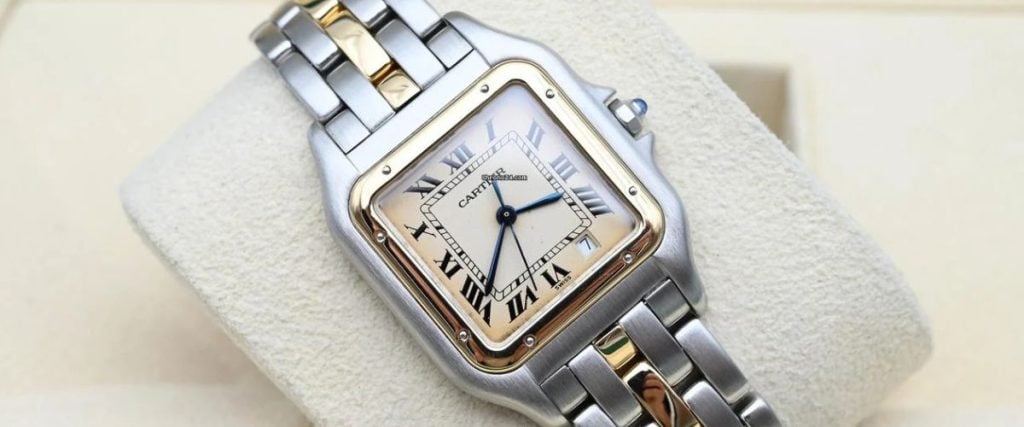
About a month ago, I did a deep dive into the Cartier Panthere, studying the rich history of the piece and exploring the different sizes and shapes it has taken over the years. If you are in the market to buy one and are curious about sizing, by all means, check it out.
Because of this, our time with the Panthere will be somewhat brief, but don’t think I’m glossing over it today because there is nothing to talk about. The Panthere to this day, remains one of the most bedazzling pieces Cartier has ever produced. There’s a reason popular demand fueled its triumphant return.
It remains a fan favorite among Cartier brands. As the name suggests, this model is inspired and named after the panther, an animal known for its strength and elegance. While you will notice the Panthere doesn’t come in as many variations as the tank, the faithful design has gone through its fair share of refurbishes and improvements, demonstrating the care Cartier has for this particular piece.
The Panthere has a square case with rounded edges that are far more subtle than the parallel sidebars of the tank. Because of this, the Panthere appears smaller and more elegant, reinforcing a demure stature that is more appealing to women.
This is why many get confused and deem the Panthere as an exclusive woman’s watch. It’s not, but it is rare that you will see a man sporting the Panthere despite larger sizes being produced to appeal to a larger audience.
The Panthere indeed offers a more complicated design than the tank. When dealing with this kind of elegance, it’s often the more detailed pieces that stand out, and the Panthere oozes with a pristine level of class that puts into perspective just how much sheer talent was needed to design something like this.
The materials seem to be more extravagant, and the colors more bold, which could draw some fans closer while deterring others away. When comparing these two, many factors are involved, but, like always, most of it comes down to personal taste.
Which is the right for you?
When deciding which watch best suits your style, gender may come into play. Simply put, the tank is going to appeal to more men because it’s engineered for larger-sized wrists, and the Panthere will appeal to more women because of its slimmer stature. This is obviously extreme speculation as neither of these pieces are gender-locked, but in terms of proportion and sizing, these are the objective facts.
Subjectively, if you crave something elegant and pristine, the Panthere will tug on your ear much harder than the Tank, though as we’ve discussed, a few of the tank variants could scratch that itch as well, and if you want something bolder with more masculine features, the tank might be the way to go.
One thing I do recommend is to look at every version of the Tank and make sure you know what you prefer before looking at the Panthere. It has a wider variety because the tank line has been in production for much longer.
It also might be a more attractive pick for beginners who are looking to purchase their first Cartier because the smaller tanks come in quartz, and many Tanks are a tad bit cheaper than Panthere variants, but do with that as you will.
Both watches will be expensive because we are dealing with precious metals, but because the Panthere is more expensive, it has a slight edge over the tank regarding the quality of materials, so if you’re a stickler for the finer things, the Panthere is unarguably the best.
Conclusion
Overall, both of these pieces continue to defy what can be done in watchmaking. Quality is an undeniable virtue that Cartier seeks to implement into every piece, and they have hit it out of the park, perfecting both of these watches over the years.
These pieces are not cheap by any means; that’s why my best advice, as always, is to do your own research. What works for someone else may not work for you, and while neither of these watches is objectively a “bad pick,” you don’t want to drop a fortune on something that you aren’t 100% satisfied with.


